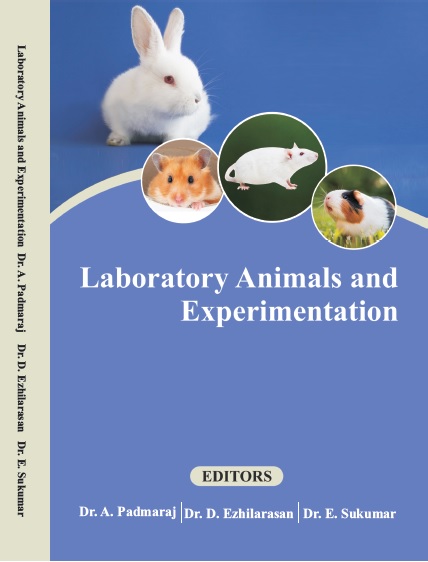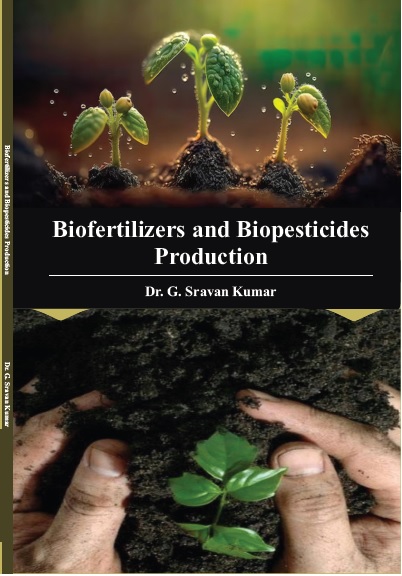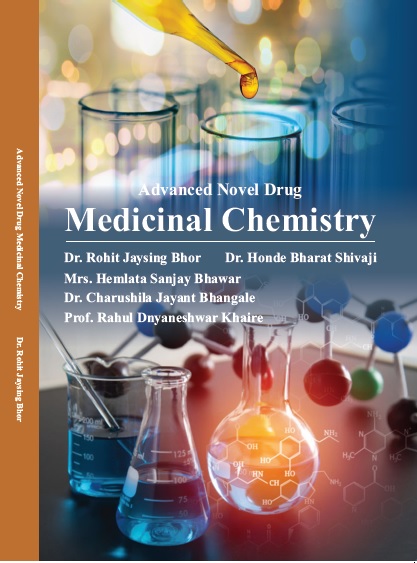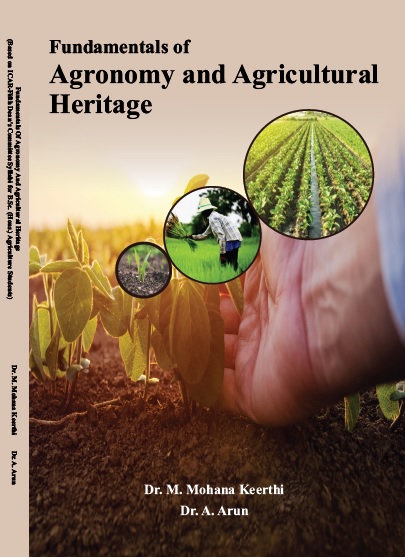SCIENCES AND ENGINEERING
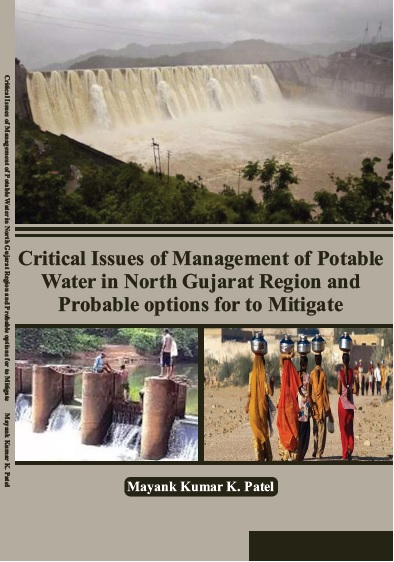
Critical Issues Of Management Of Potable Water In North Gujarat Region And Probable Options For To Mitigate
by Mayank Kumar K. Patel
ISBN Number : 978 - 93 - 91478 - 49 - 0
Authors Details
| Author Name | Image | About Author |
|---|---|---|
| Mayank Kumar K. Patel |  |
[B.ARCH. & M.PLAN.], Assistant Professor Institute of Architecture, Hem. North Gujarat University, Patan |
Book Description
Gujarat is one of the frequent drought prone states of India. Several consecutive droughts have been experienced during last 20 years. 1986-88 was the longest and the most severe drought period experienced in the past. The average rainfall for 2015 is 712 mm, which is 30 percent less than the decadal average. Ground water levels are being monitored four times in a year and representative water samples for quality [inorganic constituents] are collected during pre monsoon [May] period. 65% of the wells have depth to water levels in the range of 5 to 20 mbgl [meter below ground level] during pre monsoon 2015 year. The water levels were deeper in Banaskantha, Gandhinagar and Sabarkantha districts. Deeper water levels were observed mainly in the over exploited and Critical talukas. The density of ground water monitoring wells is 161 Sq. Km/well in Gujarat. Deep conned aquifers exist in North Gujarat and they are grouped into, rst conned aquifer ranging in depth from 78 to 162 mbgl and second conned aquifer ranging in depth from 154 to 274 mbgl. In parts of Mehsana and Gandhinagar districts, depth to piezometric surface during pre monsoon is more than 54 mbmsl in the rst conned aquifer and it is more than 63 mbmsl in second conned aquifer noticed in and around Mehsana, Gandhinagar and Patan Districts. The water levels are declining at an average rate of 2m per year in deeper aquifers in North Gujarat. Steep declines have been observed during the last ve years. Alarming declines in ground water levels. The articial recharge of ground water especially in North Gujarat is a necessity. For the North Gujarat region, the rainfall decit is about 72 percent till date as on August 6, 2018 year. The Sardar Sarovar Dam on Narmada river as on August 6, 2018 year has only 37 percent water of its gross storage, which has triggered a wave of concern. After months of terming its arid conditions as “water scarcity”, the State Governmentdeclared drought in 59 talukas in 16 districts in a December 2018 year. Pointed attention of the administrators and policy makers is drawn towards adoption of articial recharge, public awareness and other appropriate measures for ensuring adequate ground water availability and sustainability.








